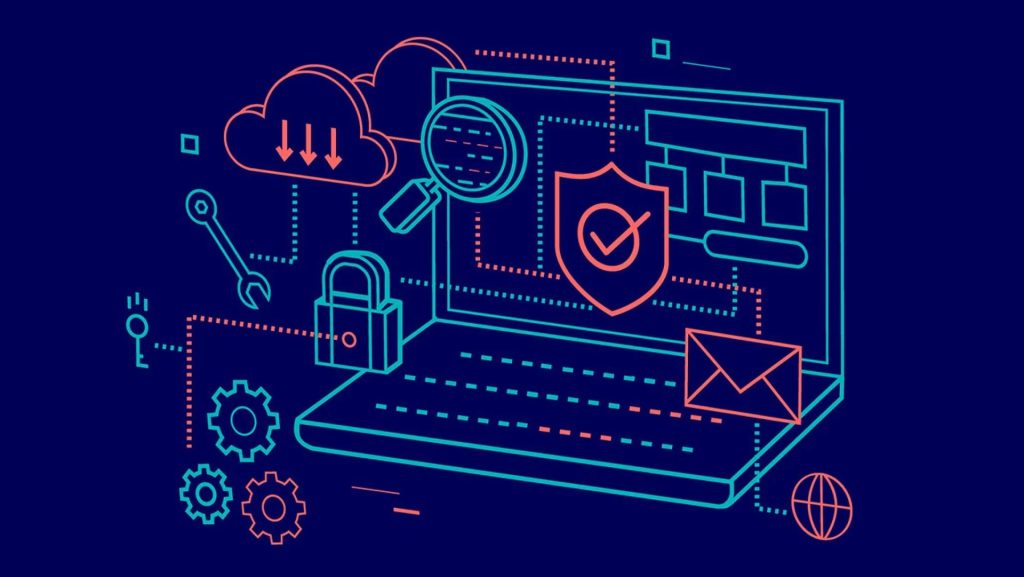In today’s digital age, the protection of sensitive information has become a top priority for individuals, businesses, and governments alike. With the exponential growth of data generation, and increasing reliance on digital systems, the risk
In today’s digital age, the protection of sensitive information has become a top priority for individuals, businesses, and governments alike. With the exponential growth of data generation, and increasing reliance on digital systems, the risk of unauthorized access to confidential information is higher than ever. Cybersecurity threats like hacking, data breaches, and identity theft pose significant challenges. One of the most effective ways to safeguard data from such risks is through encryption, a technique that transforms data into unreadable code, accessible only to those with the correct decryption key. Encryption works by converting plaintext, which is easily understood by humans or computers, into cipher text, an unintelligible string of characters. This transformation occurs through complex algorithms, ensuring that the data remains secure even if intercepted by malicious actors. Only authorized users with the proper key can decrypt the data and revert it to its original form, maintaining the confidentiality, integrity, and authenticity of the information.

There are two primary types of encryption: symmetric and asymmetric. Symmetric encryption uses a single key for both encryption and decryption, which makes it faster but requires secure key distribution between parties. Asymmetric encryption, on the other hand, uses two keys a public key for encryption and a private key for decryption. This method is more secure for transmitting information over open networks because the public key can be shared openly, while the private key is kept secret. Encryption is critical for protecting sensitive information in various sectors, from personal data such as social security numbers, credit card details, and Protect Your Data medical records to business data like intellectual property, financial statements, and customer information. It is widely used in communications, e-commerce, cloud computing, and secure storage solutions to ensure that data is protected both in transit and at rest.
However, despite its strengths, encryption is not foolproof. Poor implementation, weak encryption standards, or improper key management can leave systems vulnerable. For example, if encryption keys are stored in an easily accessible location or are weakly protected, an attacker may be able to gain access to the encrypted data. Therefore, robust encryption protocols must be coupled with strong security practices such as multi-factor authentication, regular updates, and secure key management to provide optimal protection. Data encryption is a vital tool in safeguarding sensitive information from unauthorized access. As cyber threats continue to evolve, encryption will remain a cornerstone of digital security, ensuring the privacy and protection of data in an increasingly interconnected world.